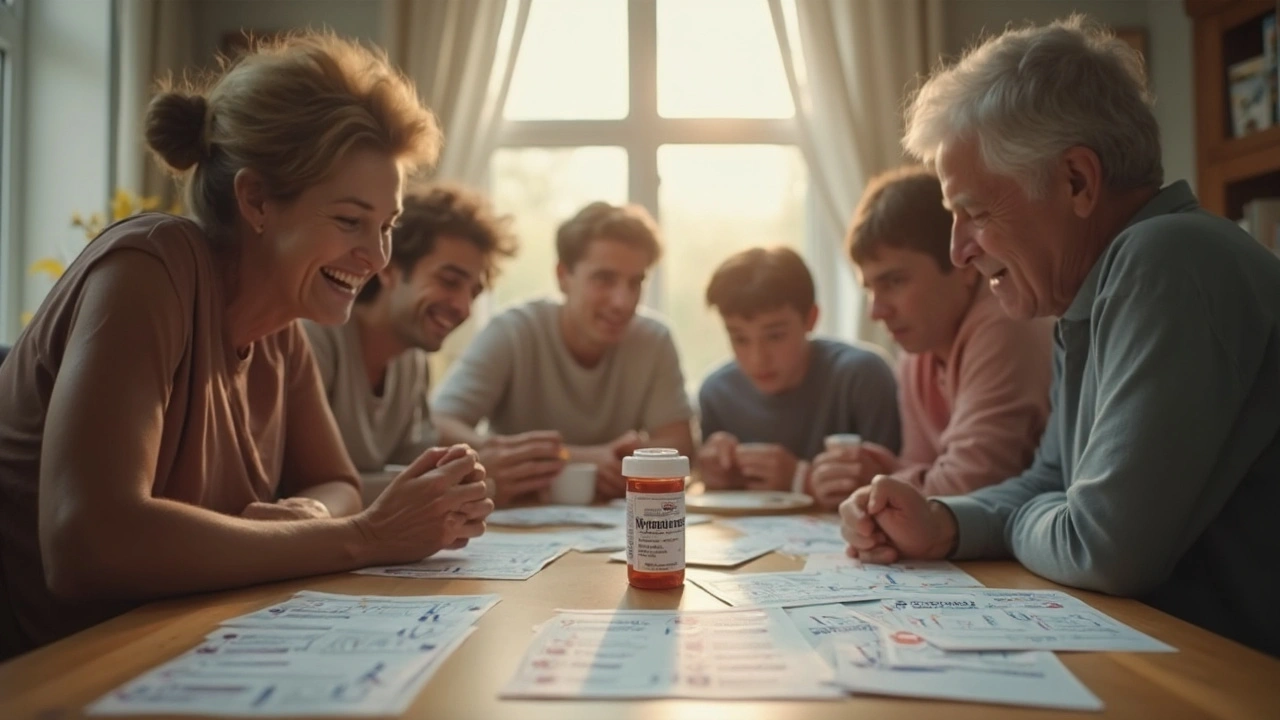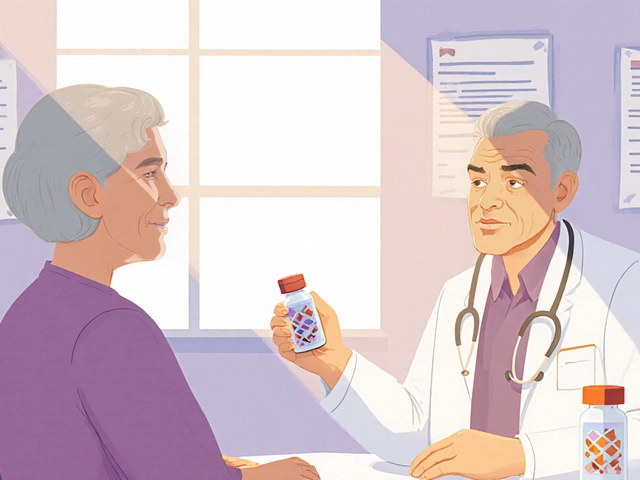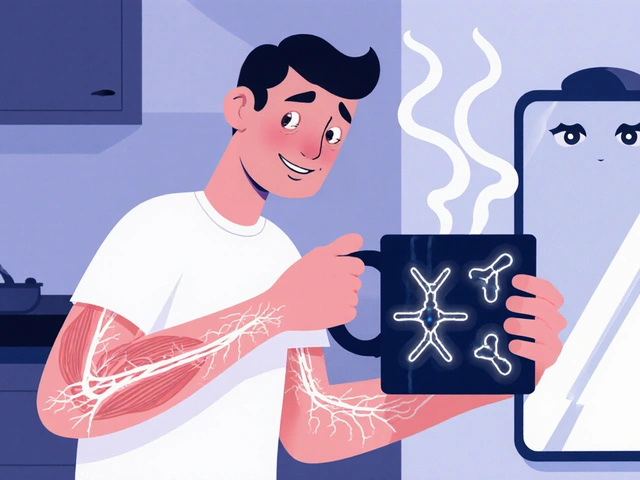Myambutol (Ethambutol) Side Effects: What to Watch For
Myambutol (ethambutol) is commonly used in tuberculosis treatment. It works well but can cause side effects you should not ignore. The most serious one affects vision, so knowing what to watch for makes a big difference.
The main side effects are: decreased visual acuity, color vision changes (especially red-green), blurred vision, eye pain, peripheral neuropathy (numbness or tingling in hands or feet), rash, nausea, and joint pain. Vision problems can start weeks to months after treatment begins. Some people get mild stomach upset or headaches, which often improve over time.
Vision monitoring and what to do
Before you start Myambutol, ask your doctor for a baseline eye check — simple tests for visual acuity and color vision (Ishihara plates) are typical. During treatment, report any blurred vision, trouble reading, or color changes right away. Doctors usually repeat visual tests every month while you take it. If you notice vision loss or color changes, stop the drug and contact your provider immediately — early action can often reverse the damage.
Other practical tips and risks
If you have kidney problems, tell your doctor. Ethambutol is cleared by the kidneys, so people with reduced kidney function need a lower dose or closer monitoring. Older adults may be at higher risk for side effects. Avoid driving or operating heavy machinery if your vision feels off. Keep track of numbness or tingling — that could be peripheral neuropathy and might need treatment change.
Interactions matter. Taking other tuberculosis drugs, or medicines that affect the nervous system, can change side effect risks. Always list all medications and supplements to your prescriber. Pregnancy and breastfeeding need special discussion with your doctor; they will weigh benefits and risks for you and the baby.
How serious are these effects? Most side effects are mild and go away when treatment ends. Vision-related side effects are the ones that can become permanent if ignored. That’s why monitoring is routine in TB programs. If your healthcare team catches problems early, they can adjust therapy to protect your sight.
Quick checklist: get a baseline eye exam, check vision monthly, report any visual changes, mention kidney disease or age, avoid driving if vision is affected, stop the drug and call your doctor for sudden changes. Keep a written list of symptoms to share at appointments.
If you’re worried or notice changes, don’t wait. Ask for an ophthalmology referral if tests show any decline. Your care team can switch drugs or adjust doses and guide safe continuation of TB treatment while protecting your vision.
Reporting side effects helps others. If you experience a problem, ask your clinic about adverse event reporting or a national pharmacovigilance system. Some clinics keep simple color charts you can use at home between visits. Don’t stop Myambutol without talking to your TB team — skipping doses can make the infection harder to treat. Balancing safety and curing TB means close communication with your provider.
Bring someone to appointments if your vision feels unstable for safety.
Discover how Myambutol (ethambutol) works for tuberculosis, its effects, side effects, tips for safe use, and important facts for patients and carers.
View Details

